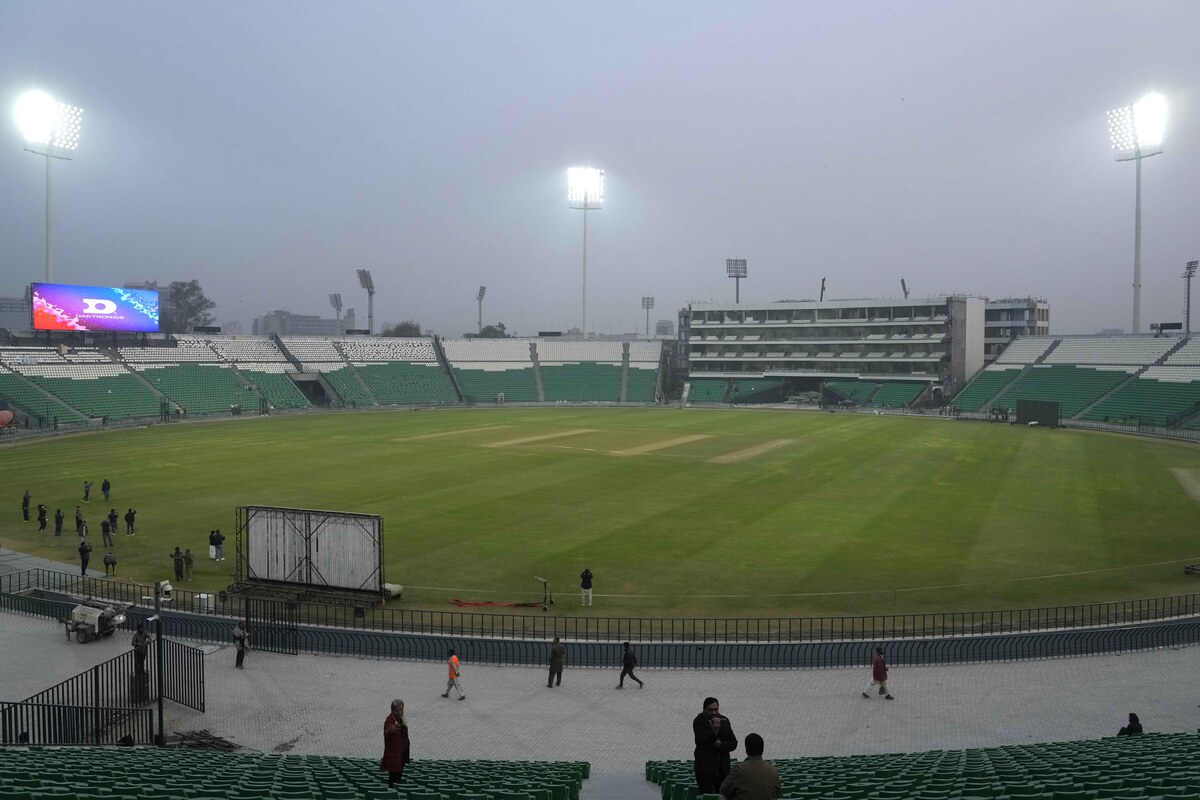ISLAMABAD: Bangladesh, India, Nepal and Pakistan are among the most polluted nations in the world, according to a new annual report by Air Quality Life Index, which said South Asia accounted for 45 percent of the total life years lost globally due to high pollution.
The Air Quality Life Index, or AQLI, produced by the Energy Policy Institute at the University of Chicago, converts air pollution concentrations into their impact on life expectancy. From this, the public and policymakers alike can determine the benefits of air pollution policies in perhaps the most important measure that exists: longer lives.
“South Asia remains the world’s most polluted region, accounting for 45 percent of the total life years lost globally due to high pollution,” the report said. “Bangladesh, India, Nepal and Pakistan where 23.3 percent of the global population lives are among the most polluted countries in the world.”
Pakistan’s air quality has been a significant concern for years, with high pollution levels in many cities, particularly Lahore, which often ranks among the world’s most polluted.
The country’s average concentration of PM2.5, which describes fine inhalable particles, was 14.7 times higher than the World Health Organization’s annual air quality guideline value in 2023. Breathing in unhealthy levels of PM2.5 can increase the risk of health problems like heart disease, asthma, and low birth weight.
To tackle the problem, the government of Pakistan has implemented measures like installing pollution monitors and also shut down factories in highly polluted districts during the winter months when the energy demand for heating is high. But experts say more needs to be done.
The AQLI report said the impact of “particulate pollution” on life expectancy in Pakistan, India, Bangladesh and Nepal was substantially higher than that of other large health threats.
“The average resident of Bangladesh, India, Nepal and Pakistan is exposed to particulate pollution levels that are 22.3 percent higher,” the report said.
There are numerous causes of pollution across the major cities of Pakistan, with some of them being more of a year-round constant, such as the pollution put out by vehicles and factories, and others being seasonal such as the stubble burning taking place in the winter months, compounded by the cold air being trapped on ground level unable to disperse.
Other operations that emit large volumes of pollution would be Pakistan’s steel mills, which rely on fossil fuels such as coal to provide energy. The burning of fossil fuel leads to large amount of highly dangerous pollutants. The emissions from these factories are often unregulated, leading to companies and manufacturing plants running their operations with little regard for the environment, which can have catastrophic effects to not only air pollution, but also to the surrounding wildlife and water areas, with large amounts of industrial effluence making their way into bodies of water and damaging ecosystems, killing off vast swathes of vegetation and thus wreaking havoc on the environment.
Lastly, the open burning of fires on streets can add an additional level of toxic pollution, with a number of materials such as wood, garbage, synthetic and man-made materials such as plastic all being burnt and releasing a myriad of their own poisonous fumes.





















